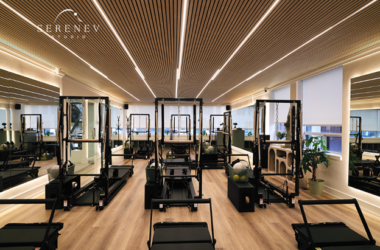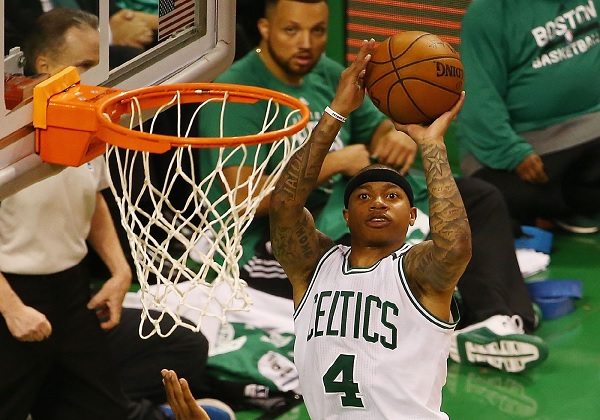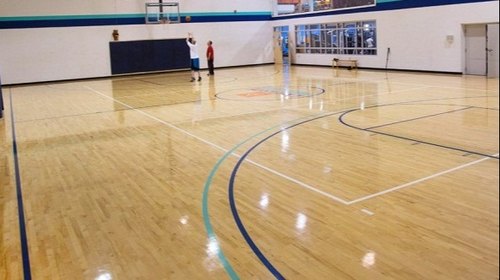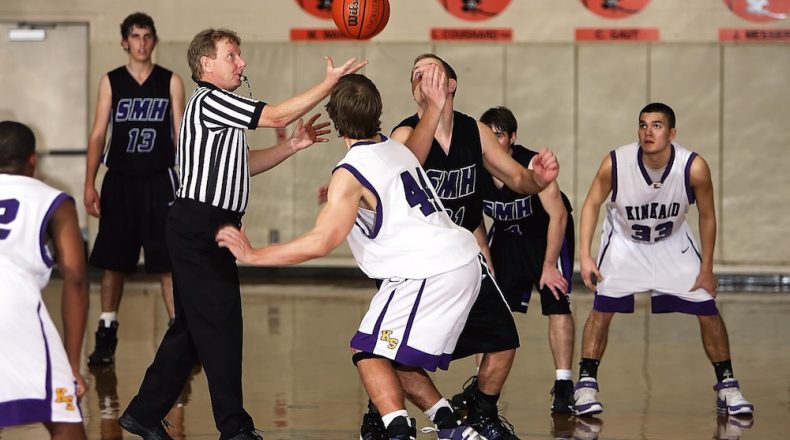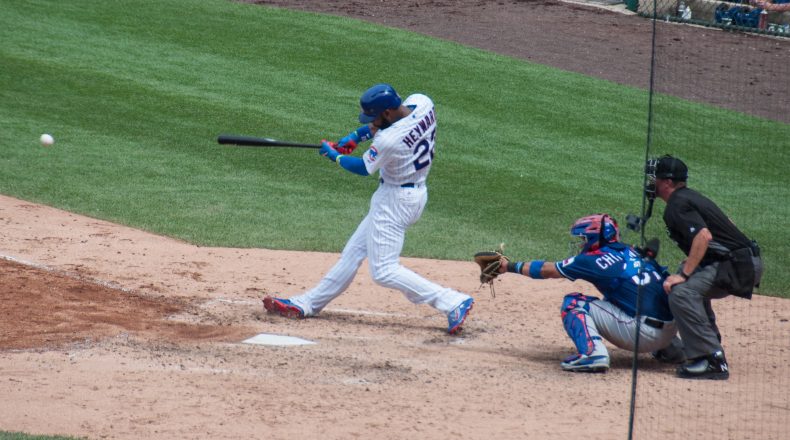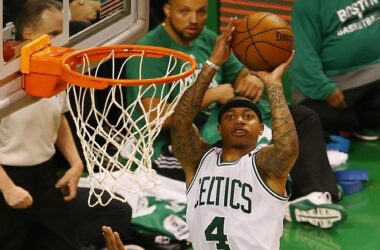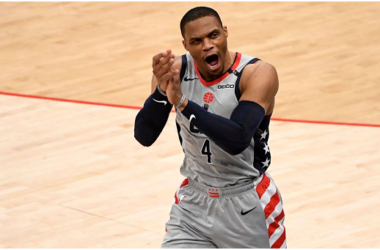The arrival and development of social networks have had a considerable impact on brand communication strategies. While athletes are becoming major influencers, sponsors have every interest in increasing digital operations with their ambassadors, and reaching a colossal number of Internet users. We will take a closer look at this new trend.
FROM ATHLETES TO INFLUENCERS
We live in a 2.0 society where not being present on the internet and more particularly on social networks is equivalent to not existing, all actors in social life have had to get up to speed.
Over the past decade, the explosion of social networks has completely disrupted traditional communication, whether for clubs, brands or athletes. The relationship between athletes and the public as well as sporting commitment have been largely transformed.
Their status has evolved enormously, they have gone from simple sportsmen to people . Having become their own brand, they must now manage their image as if they were a product and establish an adequate digital marketing strategy .
However, you have to be careful of the “bad-buzz”. In such a ruthless universe such as social networks, the slightest mistake can be very expensive, such as a loss of sponsor, a dismissal, a layoff, etc. Many athletes have therefore entrusted their communication to specialized agencies in order to avoid any clumsiness and above all to be able to concentrate on their primary profession, that is to say sports.
WE ARE FACING AN OMNIPRESENCE OF SPORT ON SOCIAL NETWORKS, WE ARE GOING TO PROVIDE AN OVERVIEW OF THE USE OF THE MAIN SOCIAL NETWORKS BY SPORTS CLUBS
With communities of several million fans on Facebook, Instagram or Twitter, sport is one of the sectors that has best benefited from the craze for social networks.
Clubs are not seen by Internet users as commercial brands, so social networks allow them to integrate seamlessly into the news feed and discussions of members. An approach considered less intrusive than an email or an SMS, and which allows clubs to establish a real dialogue with their public.
Instagram and Snapchat have also been used by sports teams to communicate with a large audience. They’ve had no trouble harnessing the power of Instagram, as they naturally have plenty of emotionally charged visuals to share. You can buy Instagram reach and compete with athletes who have a large audience.
The animation of a Snapchat account is less spontaneous. It obliges clubs to play with the codes of this media and to exploit content with a limited lifespan.
A more delicate exercise, but which allows the most creative teams to reach a target group of young people under 25 keen on immediacy.
Social networks are a way for sports stars to have more direct contact with their fans. It is also a nice financial windfall for them. Brands spend a fortune to reach their subscribers.
Shoes, a watch or a shower gel that invite themselves between two family photos in the feeds of the players. Social networks are a new playground to foster business for athletes and the brands that rely on them. Often, everything is planned (the number of advertising tweets, the content, etc.) in the sponsorship contract.
The interest is linked to the enormous audience and to the power of “influencers” of the sportsmen. Neymar is the best example. The PSG star has 121 million followers on Instagram, 60 million on Facebook, 43.6 million on Twitter.
In addition, some brands do not hesitate to mount marketing “coups”.
Let’s take the example of EA Sports, which distributes its Fifa game to a multitude of footballers every year who, in return, do not hesitate to show off their game controller in hand.
FINALLY WE WILL SEE 3 GOOD REASONS TO INTEGRATE INFLUENCERS INTO THE MARKETING STRATEGY OF A CLUB
On the one hand, it’s a time saver. Advertisements (especially on TV and radio) have become so common that they easily escape public view, and even more so on the internet with the advent of Ad Blockers. It therefore becomes necessary for clubs to adopt a different strategy in order to increase their communities.
On the other hand, reaching new and complementary communities, often younger. The different communities grant a certain trust and credibility to their favorite influencers who thus become content producers. We then speak of UGC (User Generated Content or User Generated Content) and therefore of co-creation marketing.
Finally, to increase the “brand value” by offering innovative content. Calling on an influencer is good, but offering adapted, innovative and unique content to your community is even better.
The fact of sharing with them, via this “partnership of a new kind”, new angles of view, new emotions or new accesses makes it possible to create a relationship with these new fans, which will later turn into conversions.



